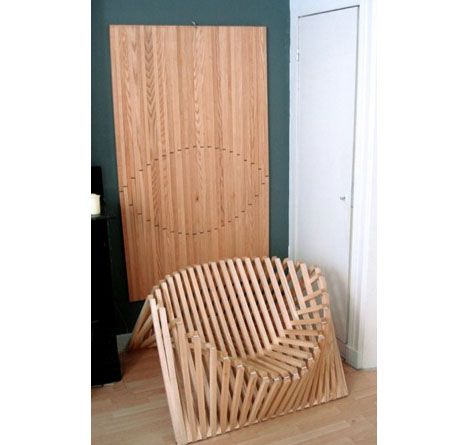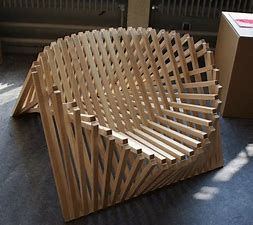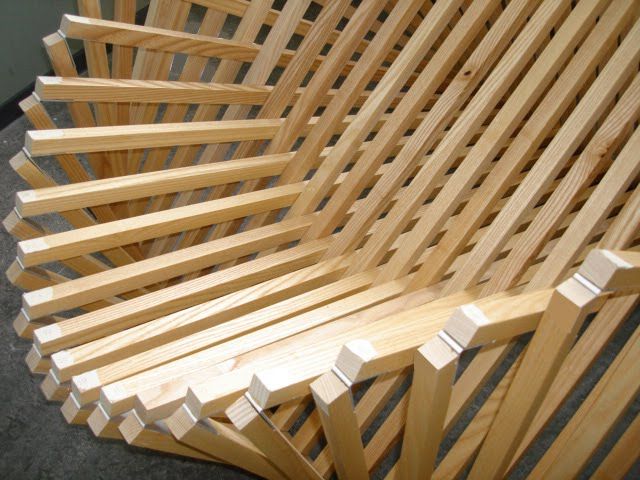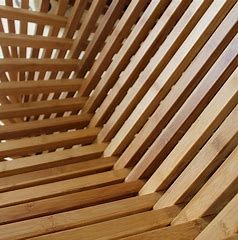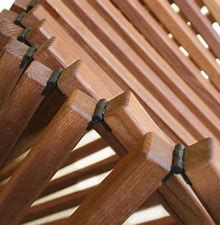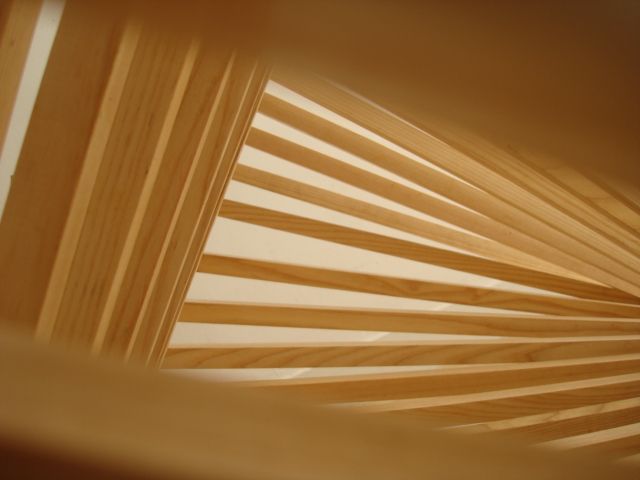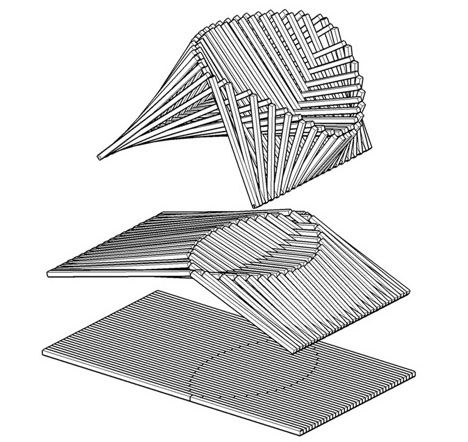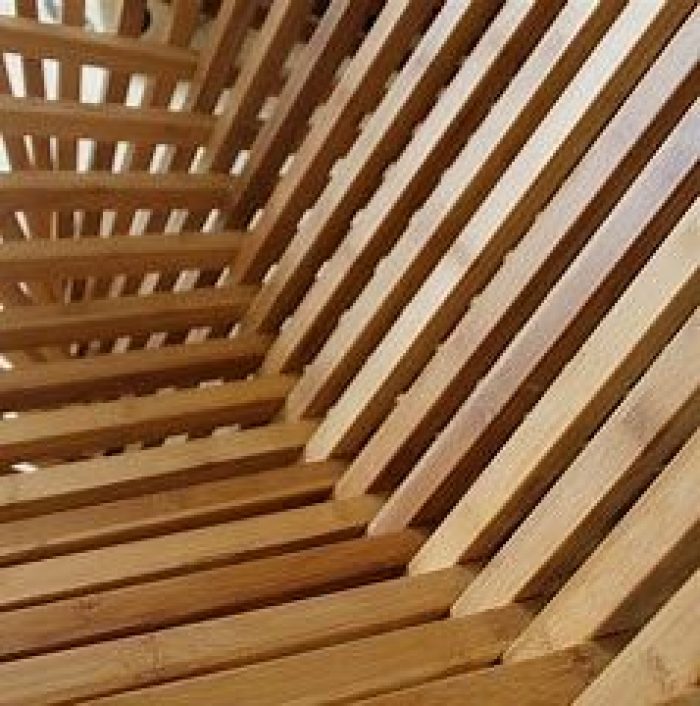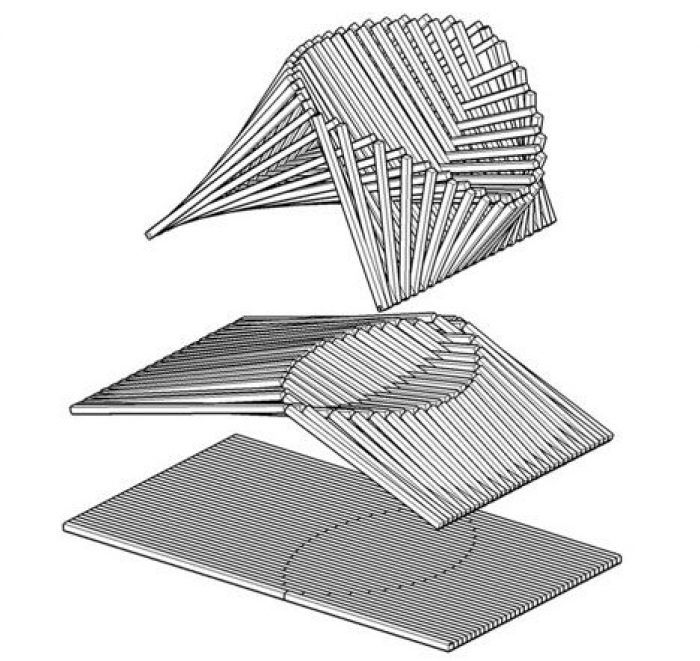The rising chair emphasize the natural shape an object can made by transforming itself. Every piece of the chair has his own task to succeed in this transformation.
It’s very easy to gather a huge collection of different chairs, throughout the years there has been a staggering abundance of them, in all shapes and sizes. But what fascinated me during my research was a simple question: to what degree is the object you’re creating capable of dictating its own design? Is it even possible for an object to ‘tell’ for which formits best suited? And if so, what will the end result be? Following this train of thought led me to discover several interesting options to create a new kind of chair.
The foundation of any chair is the flat surface you’ll eventually sit down on. Using this notion as a starting point, I made several cuts in the flat surface and pulled up the different beam-like strands of cut surface. This created the preliminary but already distinct features of any chair: back, seat and legs. The rhythm of the wooden beams gives the chair an organic shape. The cuts are most visible when the chair is still down. But at that stage of the construction, I still didn’t know what shape the chair would take in the end. This was determined by the various arches of the wooden beams the chair is made of. Folding the chair into its definitive form, as a creator, I felt a special connection to the material I was working with.
Ehab Gaber
